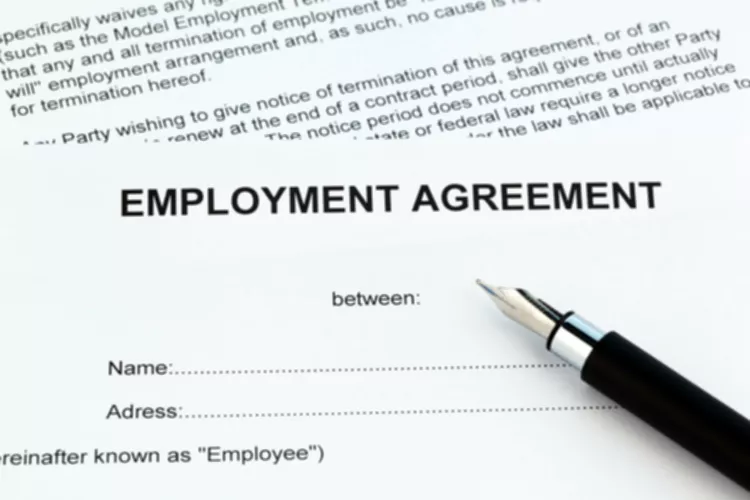Owners Draw vs Salary: How to Pay Yourself Bench Accounting
Content

Much like sole proprietors, partners in a partnership must use the draw method to pay themselves. The IRS doesn’t consider partners employees of a partnership. You will be taxed like a sole proprietor for your percentage of the partnership’s income.
A company owner’s salary works pretty much in the same way that a regular employee’s salary does—you decide on your wages, and you give yourself a paycheck every pay period. An owner’s draw is a one-time withdrawal of any amount from your business funds. However, owners can’t simply draw as much as they want; they can only draw as much as their owner’s equity allows. Say Coffee Connoisseurs, a pass-through entity, earned $250,000 last year before paying its two equal partners. It doesn’t matter whether I drew my half of the profits or left all of it in the business.
COMPANY
This includes everything from office supplies, marketing materials, and employee salaries if applicable. Kiran Aditham has over 15 years of journalism experience and is an expert on small business and careers. If you have the right business structure and are interested in taking an owner’s draw, there are some other considerations before going any further. An owner’s draw can occur at regular intervals, like every week or month. Or, it can be dictionary payments that are made whenever you chose.

A sole proprietor, partner, or an LLC owner can legally draw as much as he wants for the owner’s equity. However, the amount withdrawn must be reasonable and should consider all aspects of business finance. Typically, the owner’s equity is used for the sole proprietorship. In the case of an LLC or a corporation, the owner’s equity may be termed as shareholders’ equity or stockholders’ equity. A disregarded entity refers to a business structure similar to a sole proprietorship. In this, a single person owns the business and is not taxed separately.
Keep the Money in the Business
After reading this article, you’ll understand the factors to consider when deciding whether to take a salary or owner draw and what is the better option for your business. Since it can be challenging to predict your cash flow, you may be wondering about the best way to pay yourself and still have enough money left over to cover your costs. However, the rules regarding the owner’s draw in the case of an LLC vary depending upon laws.
When it comes time to pay taxes, you’ll pay income taxes on your business’s profits, not the amount you drew from the company. A sole proprietorship is an unincorporated business structure that has a single business owner. It’s relatively easy to set up and is common among self-employed contractors and consultants. There are so many tax and income implications that small business owners https://quickbooks-payroll.org/ need to consider when structuring their company. Whether or not to incorporate, whether to take a salary or a draw, and how each decision will impact the business and the owner are just a few issues to study. Some business owners might opt to pay themselves a salary instead of an owner’s draw. When it comes to salary, you don’t have to worry about estimated or self-employment taxes.
Featured Articles
The IRS even requires owners of S-corps and C-corps who are involved with the running of the business to take salaries, owner’s draw vs salary which must include “reasonable” levels of compensation. We will discuss different entity types in more detail below.
When you are employed by an S corporation that you own , you’ll be the one making this decision. In fact, 70% of all S corporations are owned by just one person, so the owner has complete discretion to decide on his or her salary. Given the different opportunities and benefits each affords, the choice of paying yourself a salary vs. dividends truly depends on your individual business and personal situations. Have you ever wondered what the difference between salaries and dividends are?
In most cases, workers are paid wages or a salary via cash, checks, direct deposits, or even with a mobile wallet. For startup founders, who are on a tight budget, they may pay early team members with equity. Regardless of the exact method, this compensation is subject to employer taxes and tax withholdings. Salaries are part of the payroll process because they’re subject to payroll taxes. Salary and payroll tax expenses are an allowable business expense, reducing your company’s net income. While your employees get paid every time you do payroll, you don’t have to take an owner’s draw at regular intervals. You can generally take a draw when there’s cash available to you.
- As a sole proprietor, you don’t pay yourself a salary and you can’t deduct your salary as a business expense.
- If the owner’s draw is too much, it could prevent the business from having sufficient funds moving forward.
- It’s an accumulation of your financial contributions and share of profits, losses, and liabilities.
- That way, you’ll know that everything charged to that card is for the business.
- If you have any questions about how to pay yourself, talking to a tax pro is always a good idea.
By default, they’re classified as a partnership, so they must use an owner’s draw. However, if you have a multi-member LLC, you can elect to be taxed as an S corp, which means you would pay yourself a salary. The structure of the business may dictate whether or not owners take their wages as a draw or as a salary with deductions for payroll taxes. When it comes to financial records, record owner’s draws as an account under owner’s equity. Any money an owner draws during the year must be recorded in an Owner’s Draw Account under your Owner’s Equity account. In most cases, you must be a sole proprietor, member of an LLC, or a partner in a partnership to take owner’s draws. Owner’s draws are usually taken from your owner’s equity account.
Or the landlord/director may grant a licence to the company. In the company accounts paying rent to the director in this way will save the company tax at 19% (2020/21).

However, it can reduce the business’s equity and available funds, and you must account for self-employment taxes. On the business side, paying yourself a straight salary makes it easier to keep track of your business capital. Instead of taking from the business account every time you need some money, you know exactly how much company money is being paid to you every month. This makes it easier to track expenses and manage cash flow. As the sole proprietor, you’re entitled to as much of your company’s money as you want. You don’t have to answer to stockholders or shareholders, leaving you free to take payments as you see fit.

























































